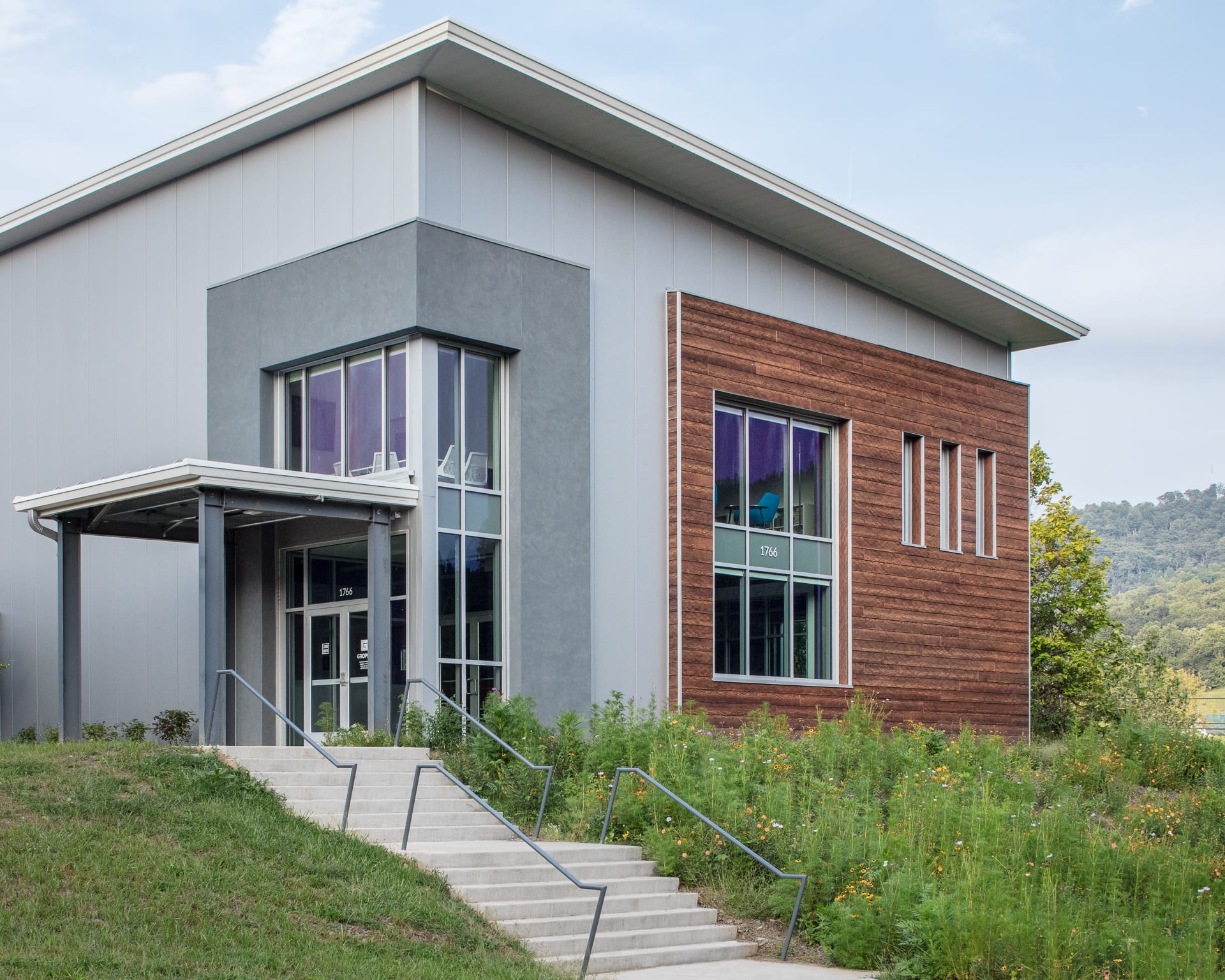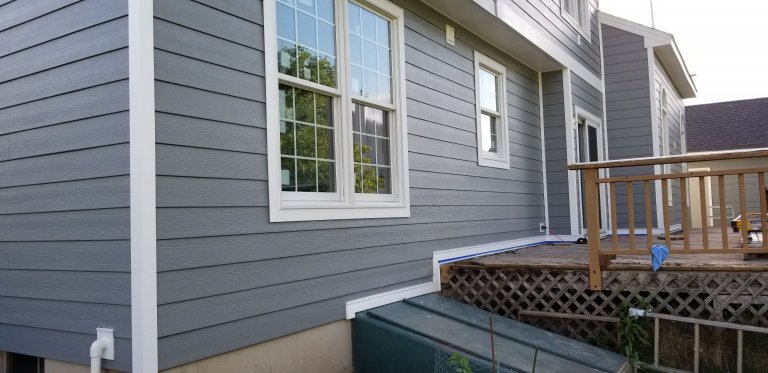When it comes to home improvement projects, choosing the right siding material can make a huge difference not only in aesthetics but also in durability. The best siding protects your home, boosts its curb appeal, and requires minimal maintenance. With so many options available, it can be challenging to determine the best choice. In this article, we’ll explore the top 5 most durable siding materials – wood, vinyl, metal, fiber cement, and composite siding – assessing their durability and lifespan.
Wood Siding: A Classic, Timeless Appeal
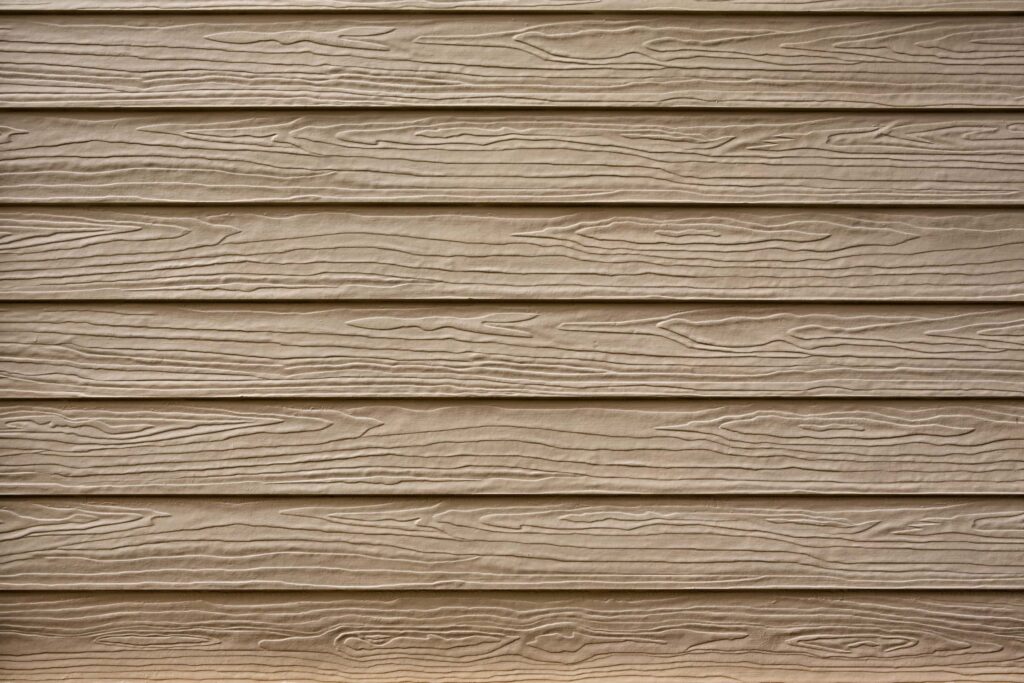
Wood siding, with its natural beauty and timeless appeal, is a traditional choice for many homeowners. Available in a variety of styles and finishes, it offers flexibility in design. When properly maintained, wood siding can last up to 100 years. However, it requires regular maintenance to prevent rot, insect damage, and warping. Its durability varies depending on the type of wood used—cedar and redwood are among the most durable wood siding options.
Vinyl Siding: Cost-Effective and Low-Maintenance
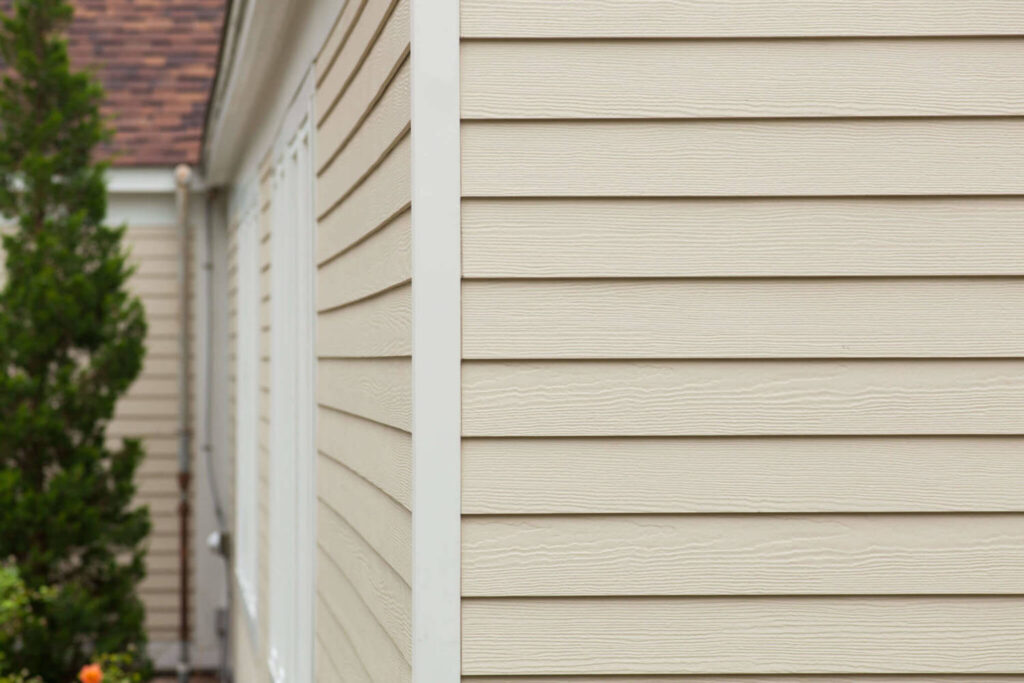
Vinyl siding is a popular choice for homeowners looking for a cost-effective and low-maintenance option. It’s resistant to common issues like rot and insect damage, which can compromise other siding materials. With a lifespan of 20 to 40 years, vinyl doesn’t offer the same longevity as wood, but it requires less maintenance and comes in a wide variety of colors and styles.
Metal Siding: Strength and Longevity

Metal siding, which includes materials like steel and aluminum, offers remarkable strength and longevity. It’s highly resistant to issues such as rot, fire, and insect damage. While it can be prone to dents and rust, proper care can prevent these issues. With a lifespan of up to 50 years, metal siding is a long-lasting choice. Modern metal siding also comes in a variety of colours and finishes, making it a versatile option for various home styles.
Fibre Cement Siding: Durability Meets Versatility
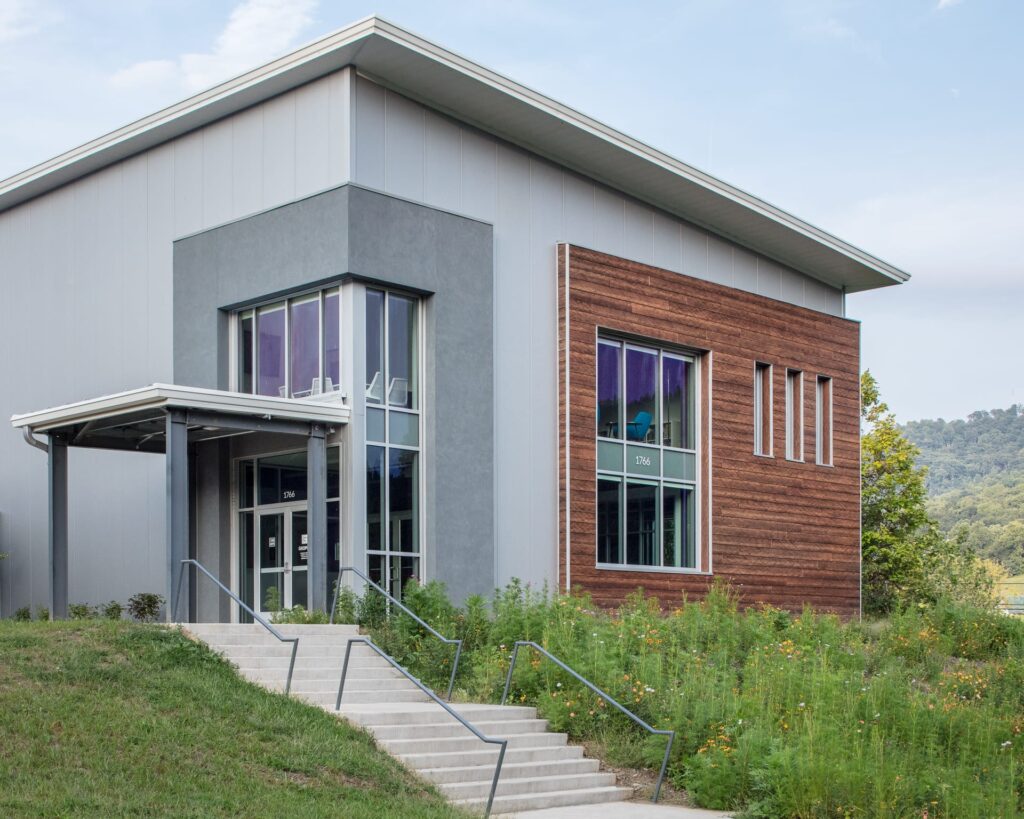
Fibre cement siding is a mixture of cement, sand, and cellulose fibers. Known for its outstanding durability, it’s resistant to fire, rot, and insect damage. Fiber cement can mimic the appearance of wood, stone, and brick, making it a versatile option. Despite its higher installation cost, its lifespan of up to 100 years and minimal maintenance requirements make it a worthy investment.
Composite Siding: The Best of All Worlds
Composite siding, made from a combination of materials such as wood fibers, plastic, and binders, offers the best of all worlds. It replicates the appearance of natural wood but with increased durability and less maintenance. It’s resistant to rot, insect damage, and weather-related issues. With a lifespan of up to 30 years, composite siding is an appealing middle ground between the longevity of fibre cement and the cost-effectiveness of vinyl.
Conclusion
In choosing the most durable siding material for your home, it’s crucial to consider the local climate, maintenance requirements, and your personal aesthetic preferences. Whether it’s the timeless appeal of wood, the low maintenance of vinyl, the strength of metal, the versatility of fibre cement, or the balanced features of composite siding, each material presents unique benefits.
Remember, the right siding is an investment that enhances your home’s curb appeal, increases its value, and protects it from the elements. Before making a decision, take the time to research and consider hiring a professional for advice and installation.
Your home deserves the best. Choose a siding material that ensures it stands the test of time.

